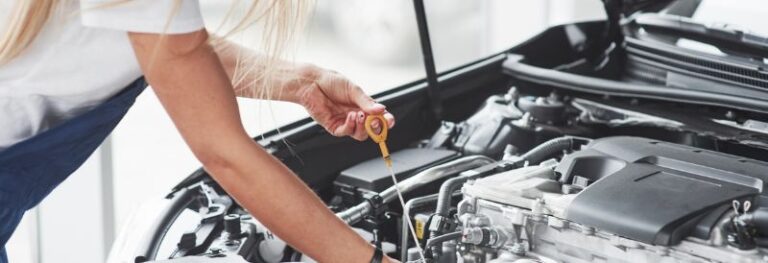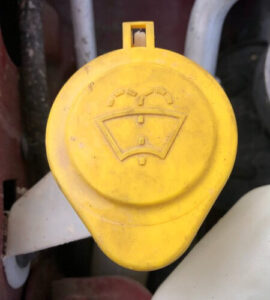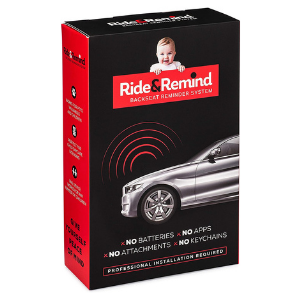Know who to call for roadside assistance if you can’t safely fix the problem yourself.
AAA is one of the most well-known roadside assistance memberships in the US, but it’s also expensive. Fortunately, it’s far from the only option.
Check with your car insurance agent to find out if you’re already paying for a roadside assistance service. Progressive, Geico, Nationwide, All State, and USAA are just a few insurance companies that will dispatch someone during your time of need.
Even AT&T offers roadside assistance to their phone customers.
Otherwise, consider Better World Club or an app-based service like Honk. Some personal safety apps like Bond include roadside assistance with their memberships, as do some vehicle trackers like Bouncie. Older adults can use their AARP membership for help on the road.
Assuming your car has been safely parked on the shoulder and isn’t on fire, it’s best to stay in your vehicle while you wait for the tow truck or mechanic. Turn on your flashers and keep your seat belt on.
If your car is blocking traffic, you can call the police to report the problem. They’ll use their lights to warn drivers to slow down and move over. Some police officers or state troopers can also help you with minor fixes like putting on a spare tire.
If you need to get out of the car to assess the problem, do so when there isn’t much traffic heading your way. Put on the reflective vest from your car emergency kit, and place the high-visibility triangles in a line behind your car.
When a tow truck arrives, make sure it’s from the correct company to avoid scammers.11 Likewise, don’t get in a stranger’s car.



















